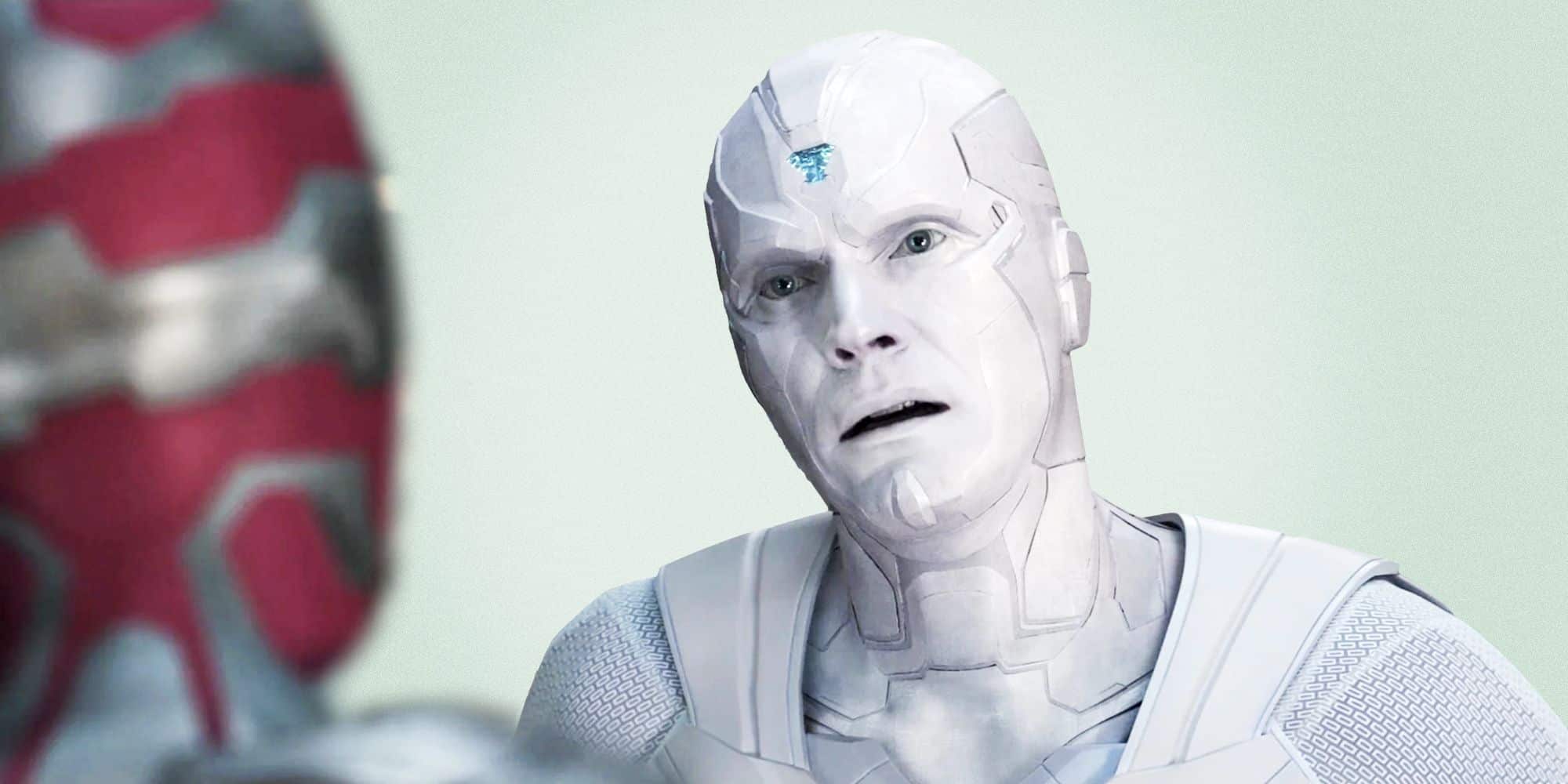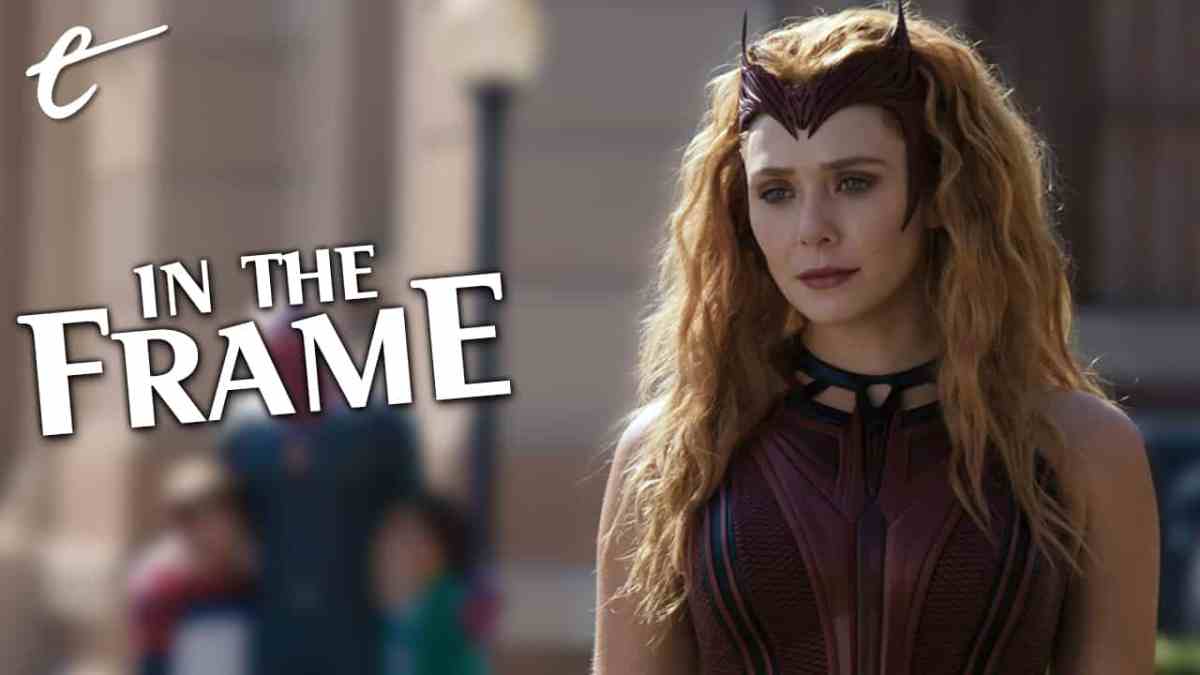[tnm_video layout=”mnmd-post-media”]https://www.youtube.com/watch?v=TomttcfRjUs[/tnm_video]
What exactly do we want from art?
WandaVision wrapped up its first season recently. By all accounts, it was a massive success. The show was many things to many people, and a lot of those things were quite interesting. It was the Marvel Cinematic Universe’s first proper foray into the medium of television. It was an exploration of the evolution of the American domestic sitcom. It was a potent metaphor for being trapped in a monoculture dominated by Marvel Studios. It was an aspirational tale about a superhero battling evil in sweatpants.
It was also a modern variation on what might be termed the “mystery box” show — a show that begins with a mysterious setup that gradually reveals itself to the audience. Early episodes of WandaVision parceled out information sparingly, inviting the audience to wonder what had happened to Wanda Maximoff (Elizabeth Olsen) and Vision (Paul Bettany) and why the world that they inhabited suddenly looked like a trip through sitcom history.
This was a canny strategy for a studio embracing weekly television. Like how Disney managed to turn spoiler culture and continuity references into marketing tools, WandaVision turned this mystery setup into a vibrant fan economy. Shows like our own A Marvelous Escape had fun each week speculating about what was happening and what it meant. This drove interest and fear of missing out, which made the show must-see TV — and explains how demand appears to have crashed Disney+’s servers.
The finale of WandaVision adopted an approach perhaps best described as “having the cake and eating it too.” It answered most of the important questions, but often in ways both obvious and contradictory. Wanda had to say goodbye to her imaginary children, but a post-credits scene suggested they were still out there in the multiverse. Wanda lost her version of Vision, but the Vision’s memories were helpfully reignited in his reanimated corpse that is out in the world. Everything was true simultaneously.

What was most revealing about the finale was its complete rejection of ambiguity. Everything was explained. Not just plot points, but also the audience’s reaction to character beats. While WandaVision revealed that Wanda had enslaved an entire town to relive her nostalgic fantasy, the show refused to leave the audience space to reflect on how they should feel about that. Instead, the last word is given to Monica Rambeau (Teyonah Parris), who tells Wanda and the audience, “They’ll never know what you sacrificed for them.”
This rejection of ambiguity perhaps reflects broader trends in contemporary popular culture. In the internet age, audiences seem particularly wary of the idea of ambiguity and nuance. Instead, everything is explained. Explainer articles and videos have become part of the internet economy, to the point that even films like arthouse darling Wong Kar-Wai’s deeply moving and impressionistic romance In the Mood for Love has received the “ending explained” treatment.
Audiences seem to resent ambiguity. More than a decade after The Sopranos ended, creator David Chase was still being asked about the ambiguous closing shot. “I’ve got to say I’m just bored with it,” he lamented. “I also feel like, Jesus, there were 86 episodes and you’re fixated on that? Can’t we talk about something else?” More than a decade after Lost ended, Vulture still headlined its retrospective, “No, they weren’t dead the whole time.” These arguments reduce art to puzzles in need of solution.
It wasn’t always like this. Shows like Lost and WandaVision were both frequently compared to the classic British television show The Prisoner, which embraced surrealism while refusing a single clear interpretation. David Lynch and Mark Frost’s Twin Peaks often refused to make sense, creating an experience that needed to be felt as much as understood. Indeed, part of the thrill of Twin Peaks: The Return was the revival’s active resistance and inscrutability in the face of recap or explainer culture.

After all, ambiguity has its place in the world. Sometimes ambiguity is the point of the exercise. Much digital ink has been spilled on the ending of Inception, about whether that final shot means that Dominic Cobb (Leonardo DiCaprio) is in the real world or still trapped in a dream. The movie refuses to answer that question, and so fans have gone frame by frame to provide their own. This ignores the possibility that the entire point of the scene is that it no longer matters to Cobb.
There have been efforts to push back on this obsession with explanation, but they are polarizing. Part of what made Star Wars: The Last Jedi so frustrating to certain fans was the fact that Rian Johnson rejected the idea of “mystery box” storytelling as an end unto itself. To The Last Jedi, the identity of Rey’s (Daisy Ridley) parents was not a hook to a continuity reference, but a piece of character work. The answer only mattered in what it revealed about Rey’s character, not how it connected to canon.
So why are audiences so anxious about ambiguity and so fixated on the idea of a singular definitive interpretation? There are probably several factors at play. Part of it is just human psychology. The human brain has a desire to recognize patterns, even when they don’t exist. This often extends to efforts to imbue meaning to things that are arbitrary or random and to insist that such meaning is objective rather than simply an individual’s perception.
The more information that human beings process, the greater the desire to filter that information in an efficient way. The internet only accelerated this trend, making more media and more information more readily available, to the point of overwhelming the human brain. In the real world, this exhaustion manifests itself in the wide embrace of conspiracy theories, which provide ordering narratives for a chaotic world where everything makes sense if approached in the right way.

It’s no coincidence that one of the first modern television shows to grapple with this desire for an overarching explanation was The X-Files, which was both a show literally about conspiracy theories and one of the first shows to engage with an active online fanbase. Over the years, the consensus on The X-Files has become that the show’s central mythology doesn’t really make sense. While this is true, it also discounts the effectiveness of that mythology in capturing a pervasive cultural mood, a lingering feeling more than a reality.
Even outside of broader societal factors that might inform the modern discomfort with ambiguity, there are also forces at work within pop culture itself. The advent of the internet led to the aggregation of reviews, suggesting that the value of a piece of media could be reduced to a single score — perhaps even to a binary value of “fresh” or “rotten.” These scores often mean more than the content of the reviews themselves in determining the perceived worth of the media in question.
In parallel, there was increasing discourse around the idea that reviews and criticism should be “objective.” What that actually meant was highly debatable, given that any individual’s reaction to a work of art is inherently subjective. If the argument was that reviews both could and should be objective in determining the value of a piece of art, then surely it was possible to objectively determine a work of art’s single unifying meaning.
And so movies became riddles to be solved. It became common to critique movies for containing plot holes, as if these were objective measures of a movie’s worth. This was a problem compounded in an age of intellectual properties that came with a host of continuity and canon that turned them into “spot the reference.” Suddenly, the worth of a work of art could be measured more reliably by its fidelity and connections to preexisting media as “curative fandom” went mainstream.

Think of how many film and television shows make a big deal of characters showing up and declaring their identity in a way that makes no sense unless the work assumes the audience’s preexisting familiarity with the character. Everything has an antecedent. Meaning is predetermined. Everything corresponds or maps to something else. Everything can be tethered in some way to the larger franchise. And the audience is always told exactly how they should feel about it.
This ignores the reality that things like meaning don’t necessarily exist bottled up in the art itself. They exist in the relationship between the art and the culture around it, and between the art and the audience. Part of the joy of writing a series like In the Frame is getting to explore what a piece of art means to me, articulating what I see in it and what I read in it. It’s in navigating that space, in understanding that I probably see something very different in Twin Peaks than David Lynch does.
In an article for Current Affairs, Aisling McCrea discussed what she called “the death of mythos,” the idea that audiences have grown obsessed with literalism and reject any search for meaning not presented by the text itself. This is compounded by a pop culture dominated by shared universes, where what a thing means is constantly confined both by reference to the source material that informed it and the next project looming on the horizon, turning pop culture into a decoder ring.
To bring it back to WandaVision, what was so refreshing about those opening weeks was the ambiguity — the use of negative space to suggest possibilities and interpretations outside of those that a rigid framework like the MCU usually allows. Naturally, as the show continued, that negative space was flooded with the bland color-corrected aesthetic associated with the MCU. Everything had an explanation. Everything made sense. Everybody knew how they were supposed to feel.
In the end, afraid to leave its audience sitting with their own questions, WandaVision felt like its own explainer article.






Published: Mar 15, 2021 11:00 am